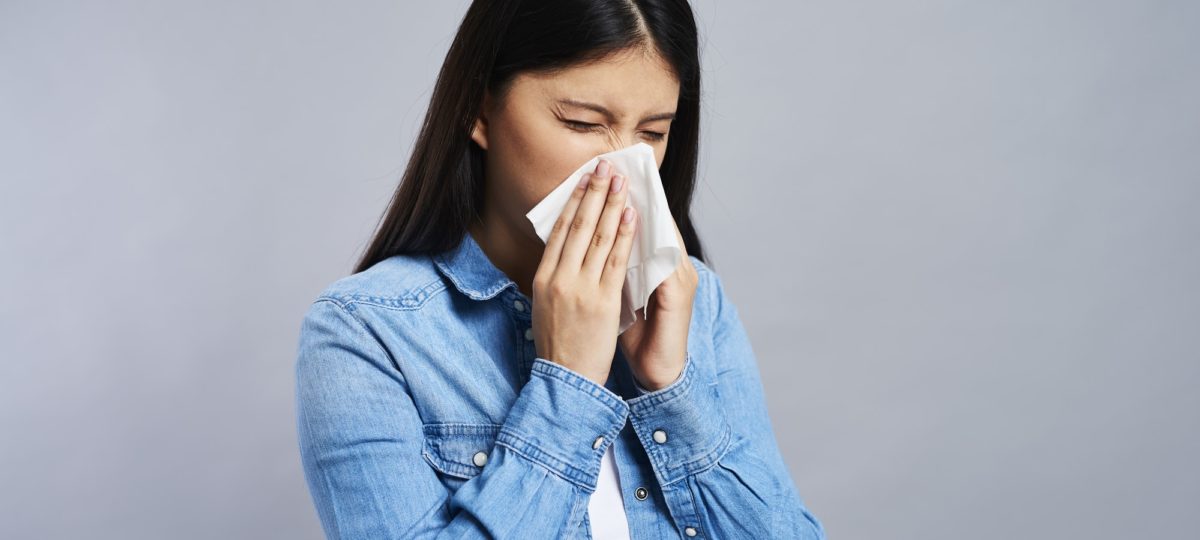Every purchase made online is encrypted with a high level of security you’ve come to expect. Your private information is never shared nor sold, so you can buy with confidence. You can also visit our store if you are in the St. Louis area.

In “Strategies for Sleeping Better during Allergy Season Part I,” we discussed the importance of keeping current allergy medicines in your medicine cabinet, cleaning nasal passages before bed, using saline nose sprays, showering with eucalyptus and wearing dryer-dried clothing to bed. In Part II we discuss additional strategies for fighting allergies so you can get a good night’s sleep.
Running the air conditioner is one of the best ways to keep pollen out of your home while keeping humidity low which will discourage dust mites. But if you can’t afford to air condition your entire home, using a window air conditioner in your bedroom will help you sleep. If a window unit isn’t in your budget, consider buying a HEPA filter and shape it to fit your bedroom window. This will prevent pollen from entering the room when you have to leave the window open at night.
If you are running an air conditioner or furnace, be sure to change the filters on both systems. Air filters are essential when it comes to trapping allergens in your home. These filters should be changed every three months or they become clogged. While HEPA filters cost more money than other filters, they’re much more effective and worth the extra money.
For many health enthusiasts, morning is the ideal time to work out. A morning walk or run is a great way to start the day. Unfortunately, it’s also when pollen is at its highest. Between 5:00 and 10:00 a.m. is when pollen is usually emitted. This is why allergy sufferers should opt to exercise outdoors after 10:00 a.m. A late morning or early evening workout will allow allergy sufferers to breathe easier and get a better workout.
Three of the most common allergens on bed sheets are dust mites, dog dander and tree pollen. For years, allergy sufferers have wondered what it took to clean these common allergens off their sheets. Fortunately, a study conducted at Yonsei University in South Korea determined the answer. To kill 100% of dust mites found on your sheets you’ll want to wash your sheets in hot water (60°C or 140°F). The study found that washing sheets in cold water only killed 5-8% of dust mites and washing sheets in warm water only killed 7-11% of them.
When it came to dog dander, temperature didn’t have any bearing. The study found that dog dander was all removed as long as the sheets were rinsed twice or more. But when it came to removing tree pollen from bed sheets the study found that washing bed sheets in hot water was more effective than washing at warm and cold temperatures.
When it comes to washing your clothes and sheets it’s best to do the laundry once a week. This is the ideal way to stay a step ahead of allergens that disrupt your sleep. Avoid hanging your laundry on a line in the backyard. Doing so allows billions of pollens and molds to collect on your sheets and clothing — the very thing you want to keep out of your house that’s keep you awake at night.
As much as you love the family pet, you’ll do yourself a world of good by making sure Sparky sleeps in his own bed several rooms away from yours. Dog and cat dander in your bed wreaks havoc and gets even worse during allergy season.
Finally, you can launder your heart out and still have dust mites. This is why “allergy proof” mattress and pillow covers are a good investment. Zipping up your pillows and your mattress is the best way to prevent dust mites, pollen and pet dander from interfering with your sleep.
